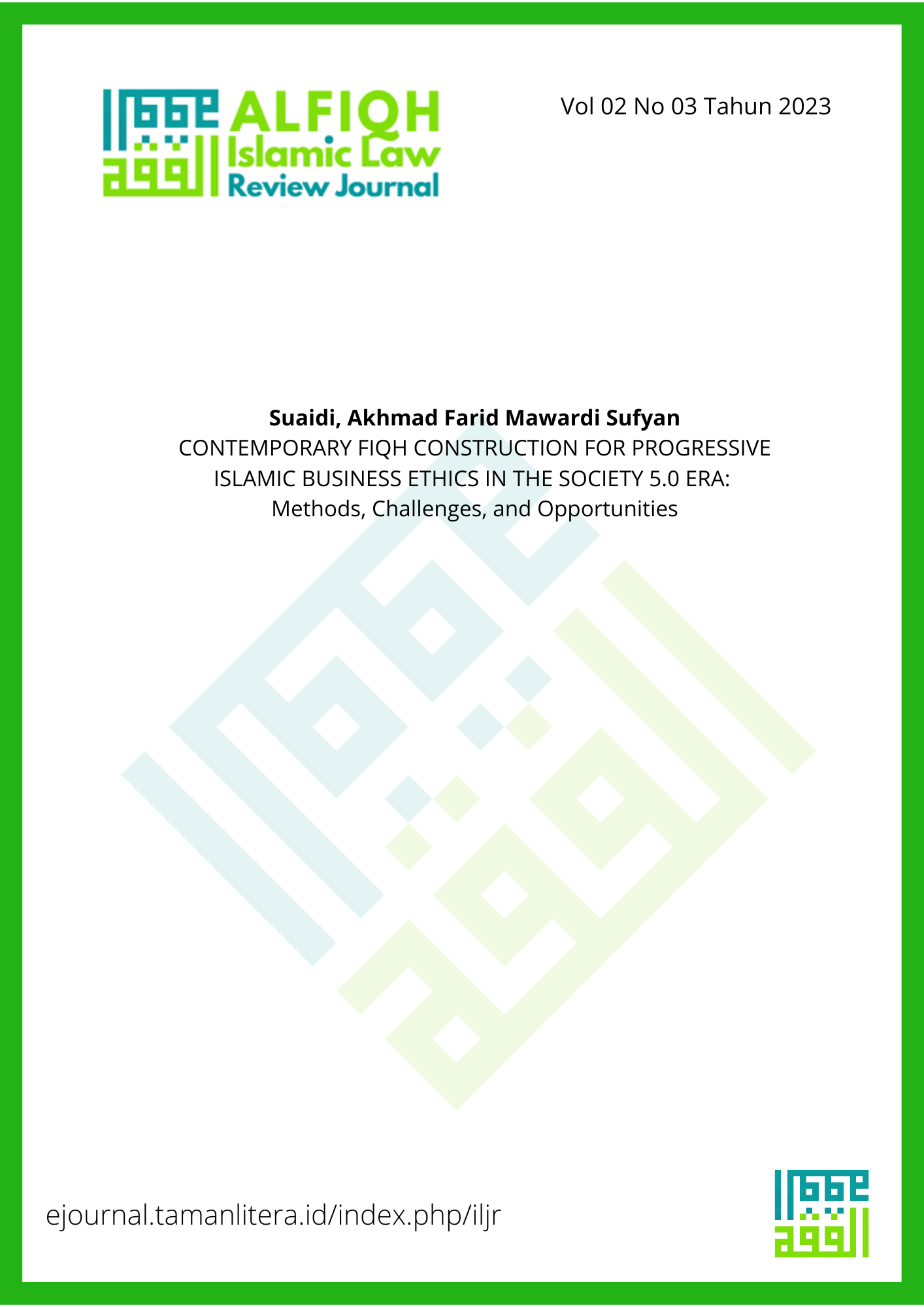
Thai Journal of Veterinary Medicine(THAIJO)
Journal Name: Thai Journal of Veterinary Medicine(THAIJO)
E-ISSN: 0125-6491
Scopus Indexed-SJR-Q4
Journal Link: https://he01.tci-thaijo.org/index.php/tjvm/index
Scopus link: https://www.scopus.com/sourceid/12300154723
Country: Thailand
Acceptance: 5 days
Publication: Four issues per year (March, June, September, December)
Fee: 350 $
The Thai Journal of Veterinary Medicine publishes articles reporting interdisciplinary investigations concerning veterinary and animal sciences, at all levels of resolution, from basic to clinical, molecular to behavioral, and opinions that are of general interest to the broad community of veterinarians and biological scientists. Clinical or pathological investigations, protocols and reviews will also be considered for publication if they provide significant insight into the structure or function, the pathophysiology of a disease, or its treatment.
Editor-in-Chief
TJVM Editor, Faculty of Veterinary Science Chulalongkorn University Pathumwan, Bangkok 10330 THAILAND, Thailand
-
-
- Articles are accepted in Russian and English;
- The volume of the article is from 14 to 26 pages;
- Your work should be original and has not been published in another journal.
- The text should be logically constructed.
- Scientific research should be translated into academic English. Better if it is done by a professional.
- Each journal has its own layout requirements. Before you start writing an article, read these criteria (the number of pages, in which format to submit an article, what font to use, text alignment, what interval to apply, etc.).
- The title of the article should be in the middle and bold. It should be no more than ten words. After the title of the article we write information about the author (name of the author or authors, the institution where they work and their postal addresses, country, e-mails, contact numbers).
- Abstract plays an important part. It helps the researcher decide whether to read the entire article or not. It must be well-structured (relevance, purpose, methods, results).
- It will be good to provide recommendations for whom this article will be of use.
- Be sure to translate it into English so that it can be read by a large number of international colleagues. Keywords (4-6 words and phrases).
- It is necessary to correctly form and arrange them immediately after the abstract. It will make your article easier to find.
- Work is better structured according to IMRAD – the standard of design of a scientific article.
- Introduction
- Materials and methods;
- Results; and Discussion.
- Conclusion.
- References

























